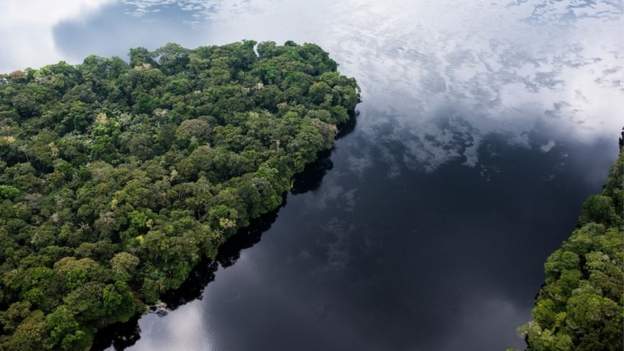New research into the world’s largest tropical peatlands, in the Congo basin, has revealed that climate change 5,000 years ago led to them drying out, releasing damaging amounts of carbon dioxide, a phenomenon that is threatening to repeat itself today.
The peatlands today store huge amounts of carbon, up to 30 billion tonnes, that if released, would be the equivalent of three years’ global carbon emissions.
A team of scientists from the Democratic Republic of the Congo and the UK carried out the study in the area this year, and the results will be published in Nature magazine.
Professor Corneille Ewango from DR Congo’s University of Kisangani, who led the expeditions, said:Quote Message: This is another astonishing finding about the peatlands. They are more vulnerable than we thought, and everyone must play their role in protecting them.
This is another astonishing finding about the peatlands. They are more vulnerable than we thought, and everyone must play their role in protecting them.
Quote Message: Polluting countries must cut their carbon emissions fast, to limit the possibility of droughts pushing the peatlands past their tipping point.
The DRC will also need to strengthen protection of the peatlands.
Polluting countries must cut their carbon emissions fast, to limit the possibility of droughts pushing the peatlands past their tipping point.
The DRC will also need to strengthen protection of the peatlands.The peatlands are also under threat from development, and the Congolese government recently launched an auction of land in the area for oil and gas exploration.
